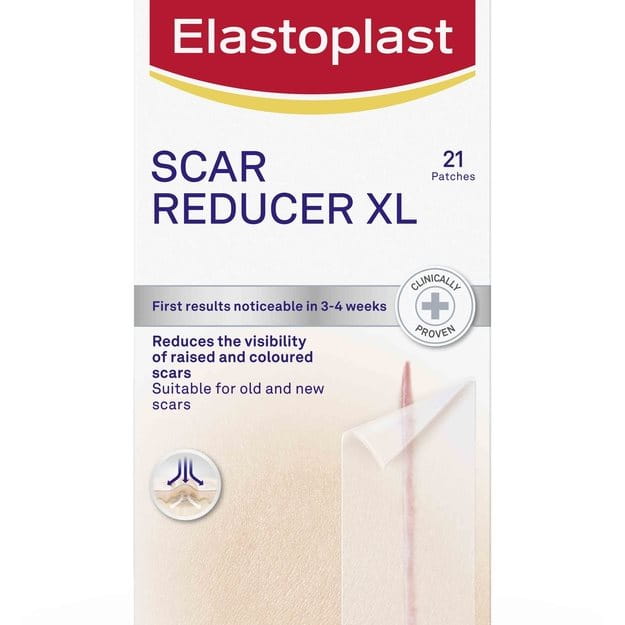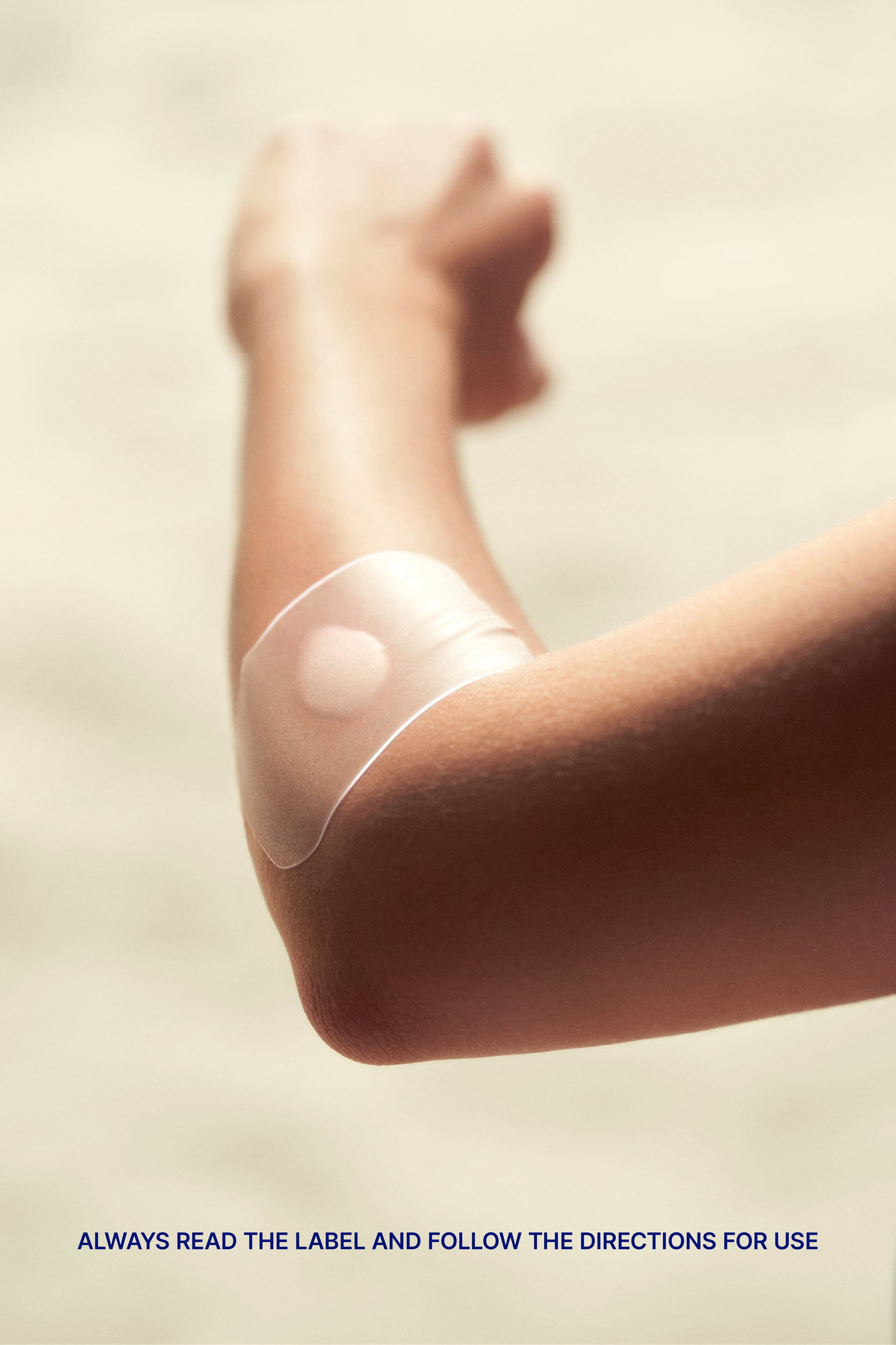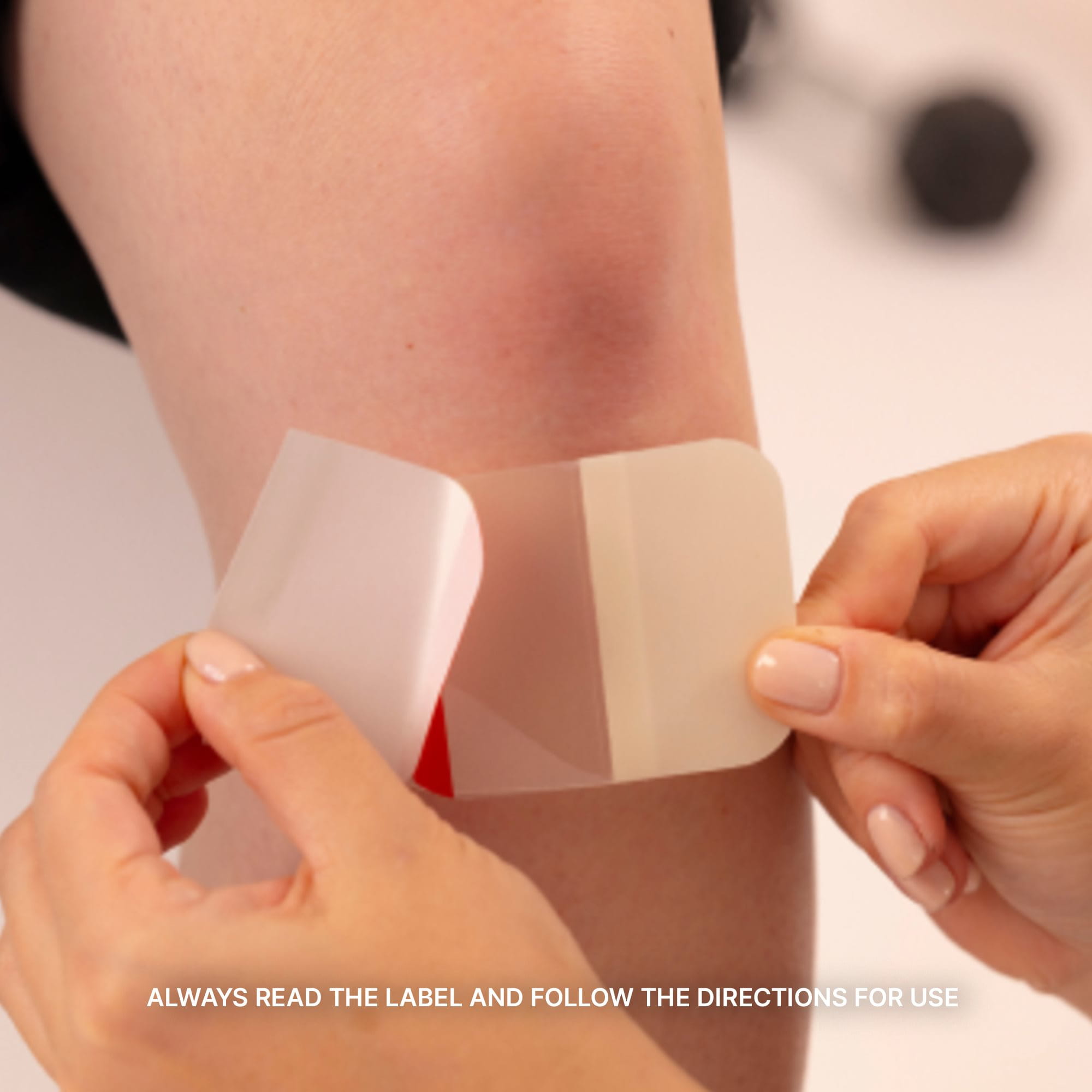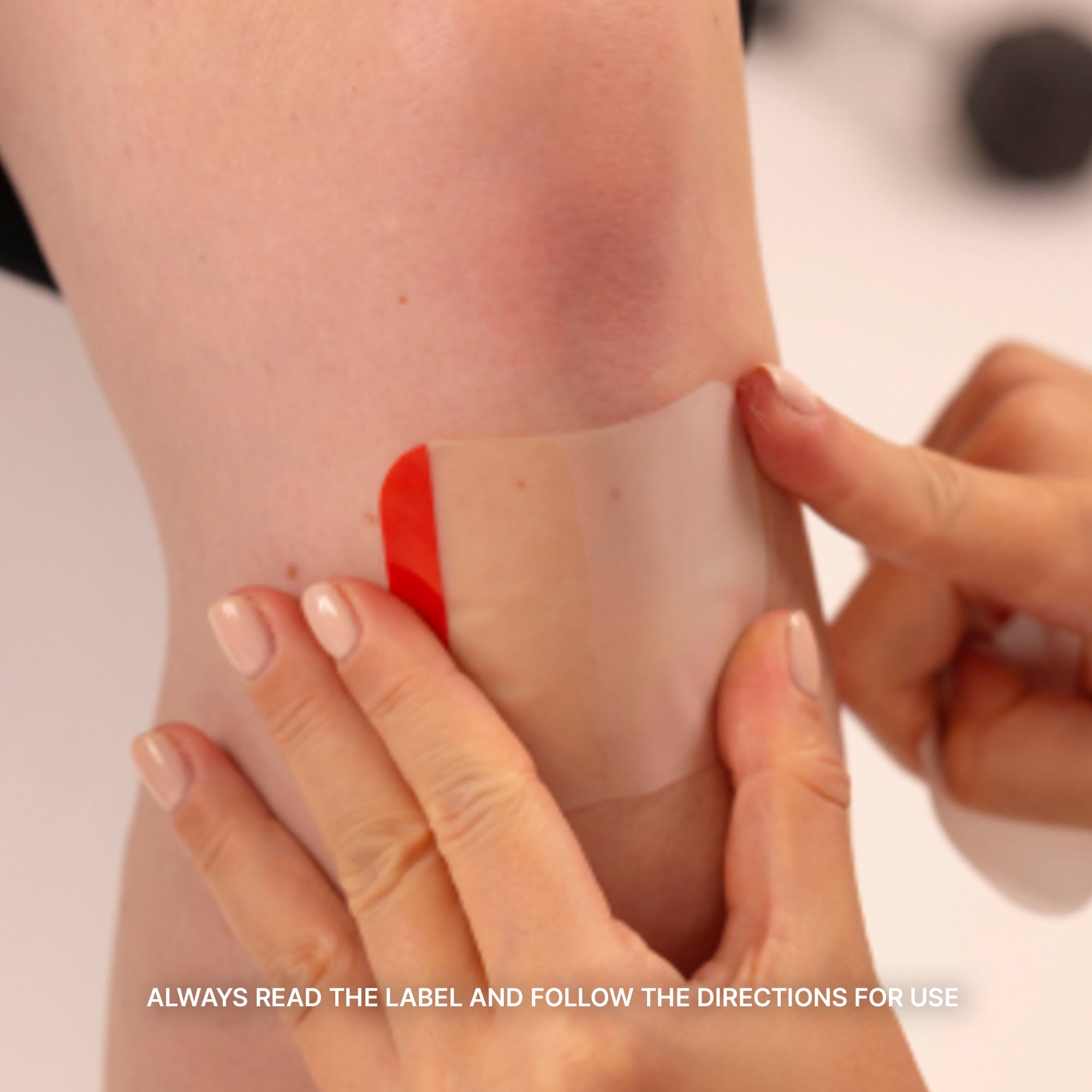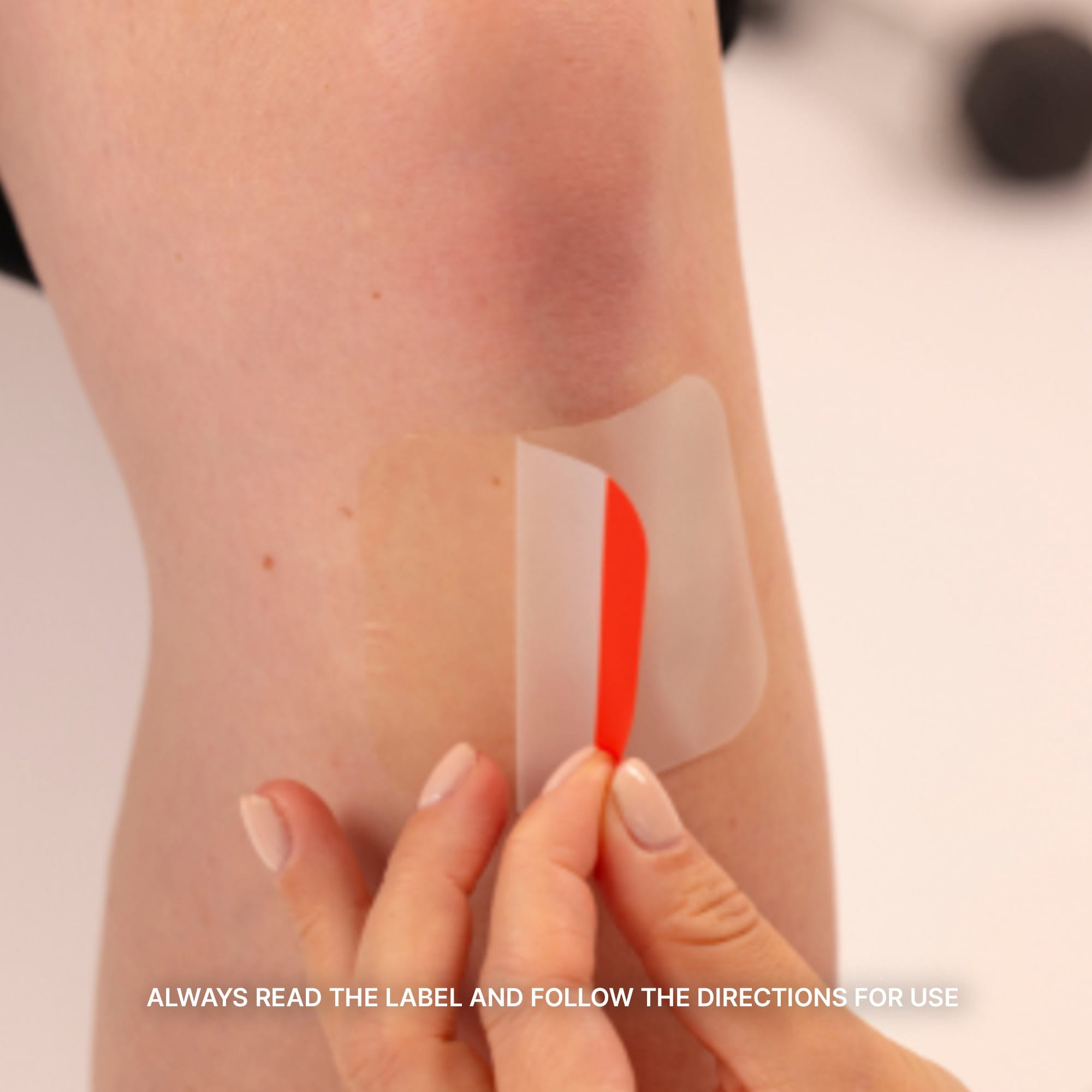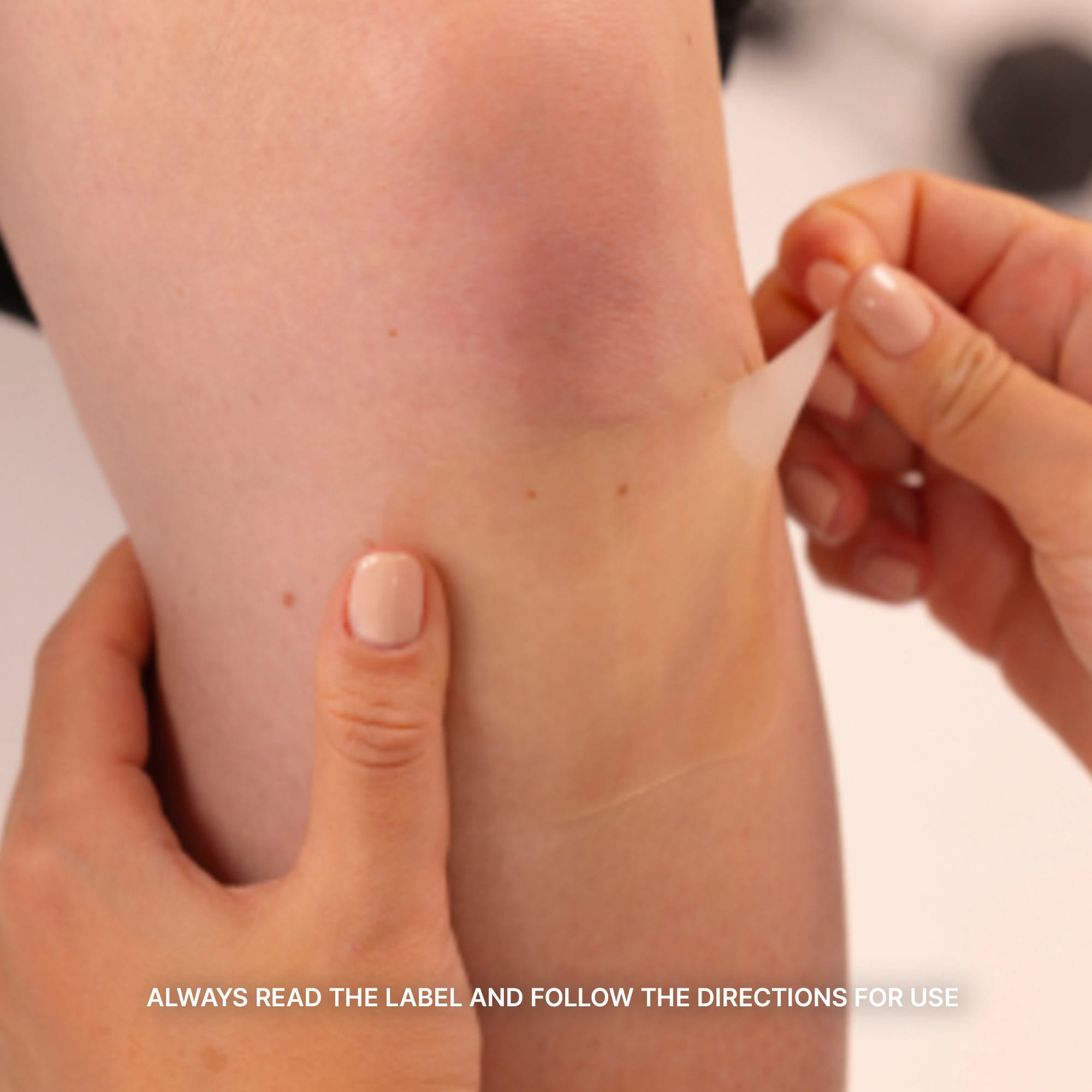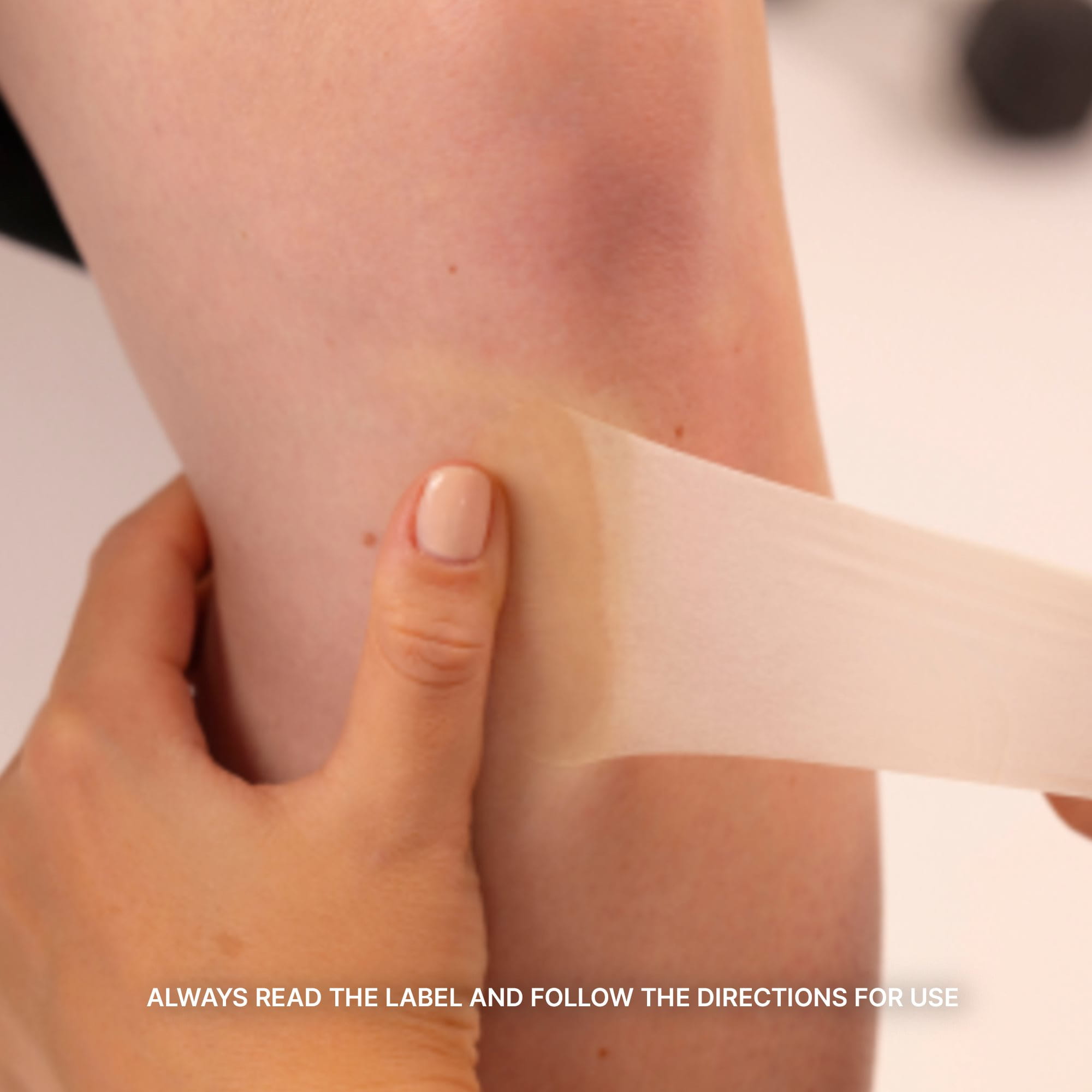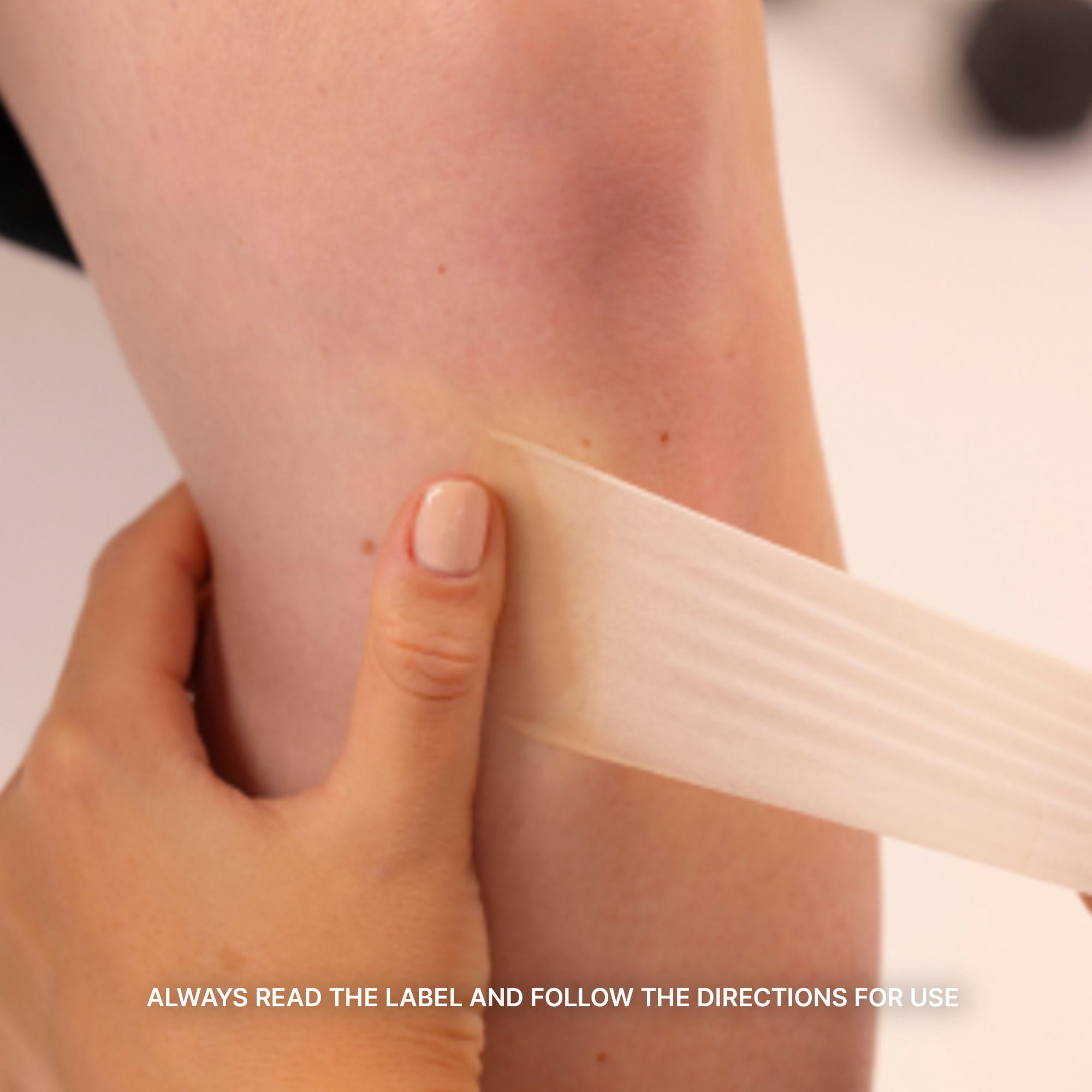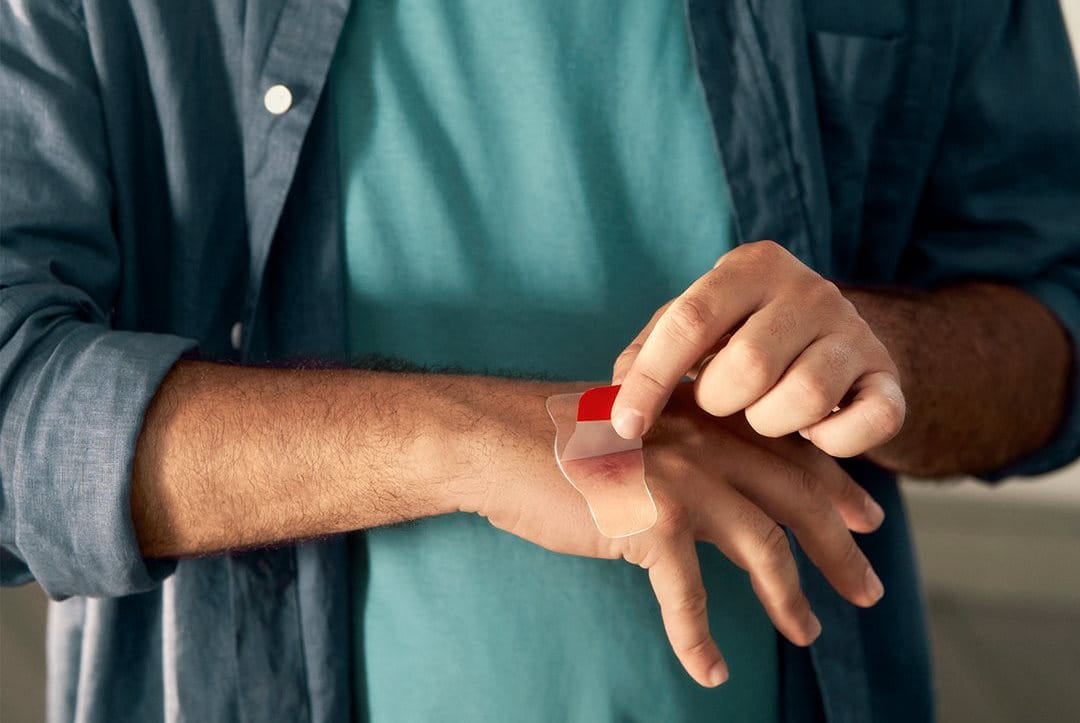What are Hydrocolloid Dressings?
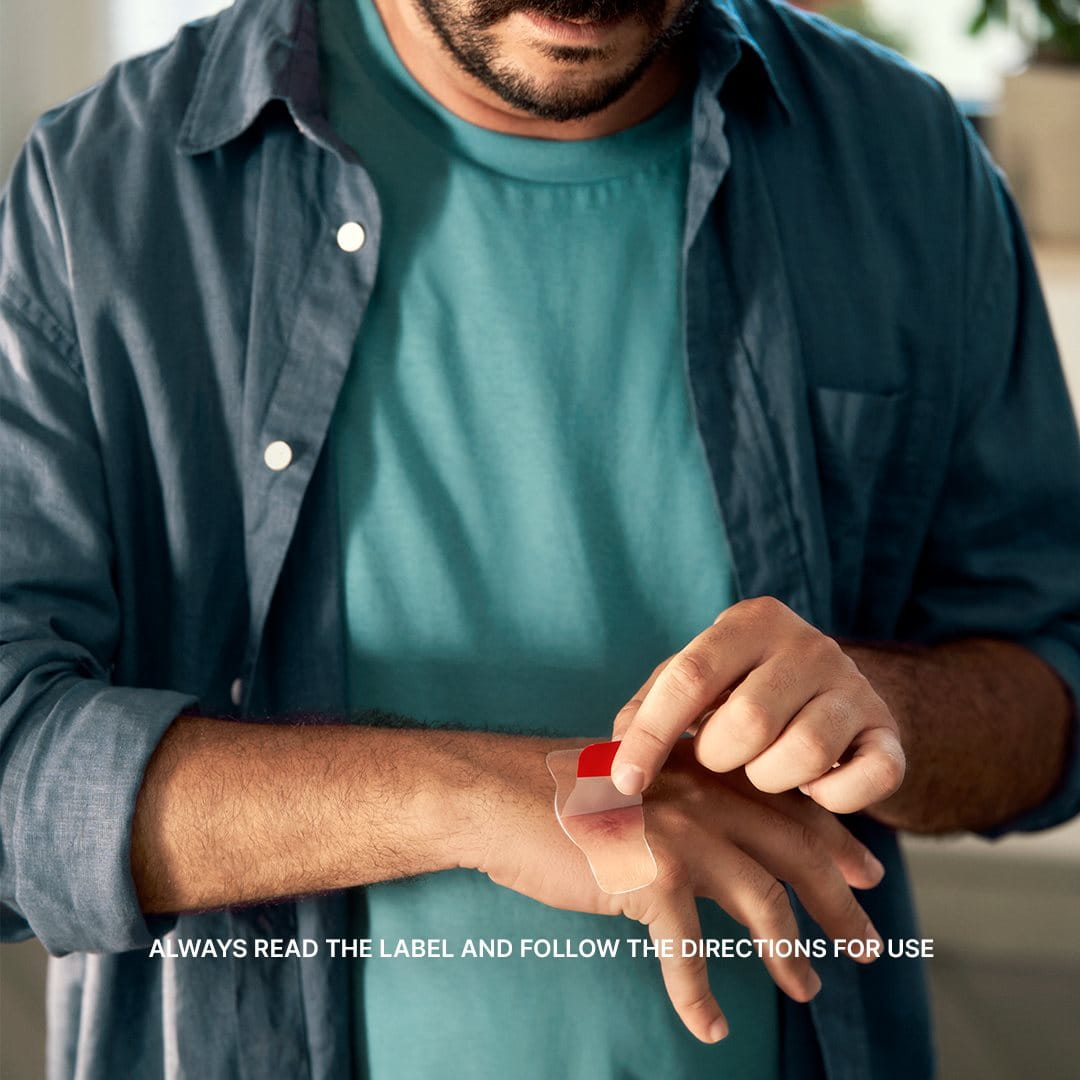
Hydrocolloid dressings contain macromolecules which can absorb liquids like water or wound fluid, they swell and form a gel. When the hydrocolloid particles (sodium carboxymethylcellulose) encounter wound fluid (exudate), they absorb the exudate and form a viscous gel. Try our second Second Skin plasters and Second Skin Dressings to experience this healing capsule technology.
